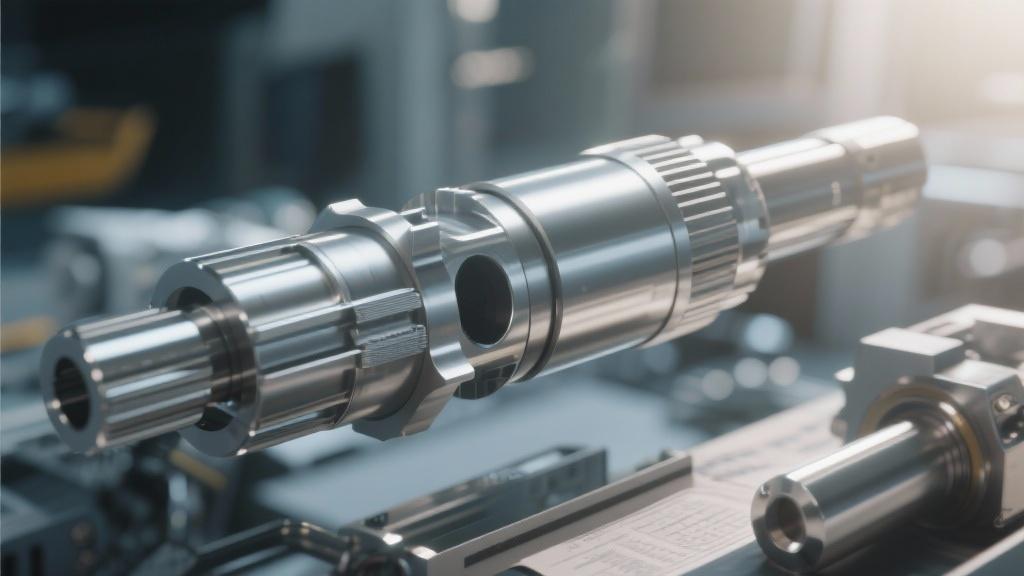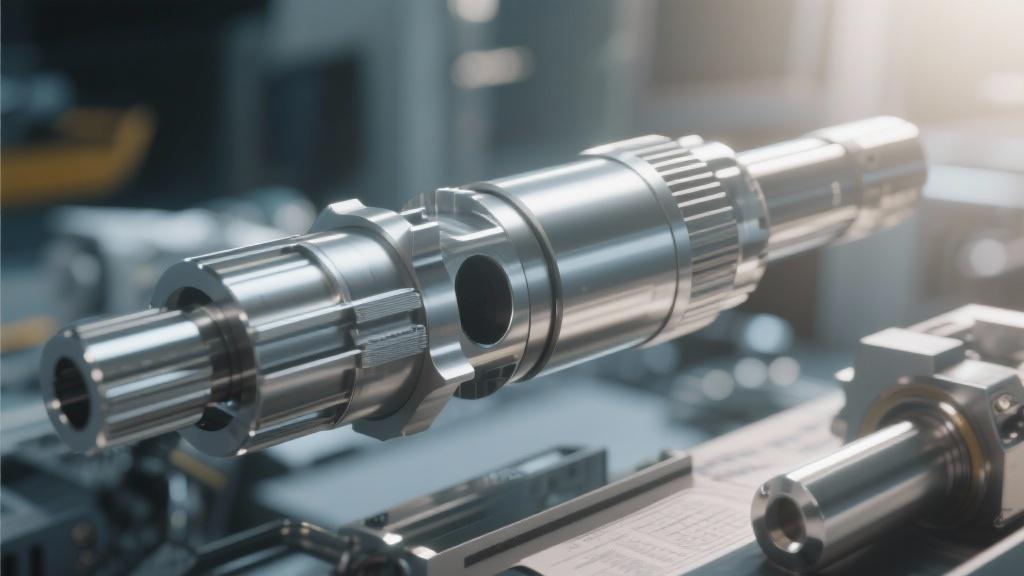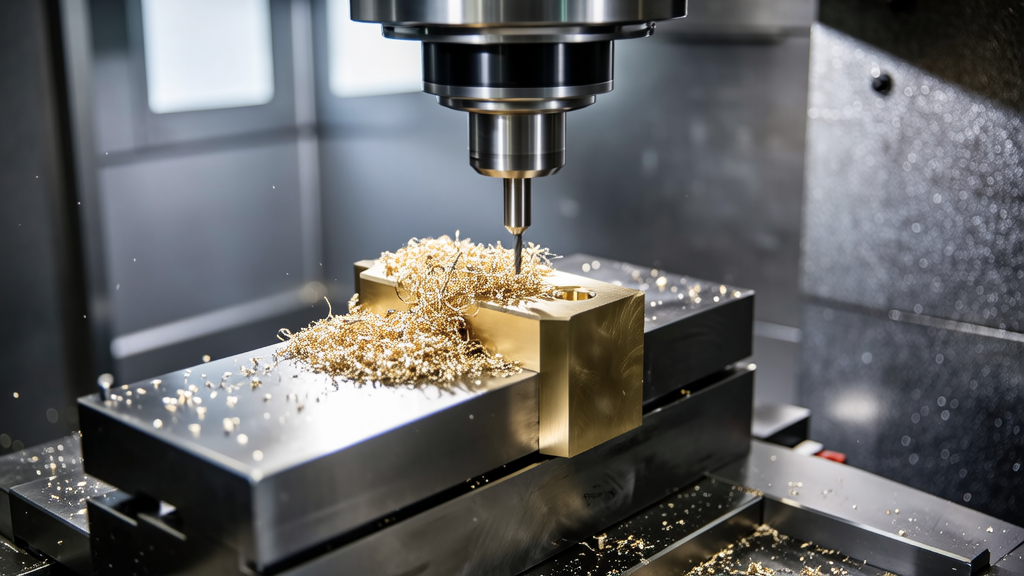We will highlight the importance of precise machining processes and stringent quality control measures in achieving these standards. Additionally, the article will discuss how adherence to industry regulations and certifications, such as those set by the FAA and EASA, plays a vital role in maintaining the high safety benchmarks that aerospace applications necessitate. By understanding the nuances of these performance standards, manufacturers can optimize their aluminum parts for enhanced performance, thus contributing to the overall success of aerospace projects.
Join us as we unpack the essential criteria and best practices for aluminum parts in aviation, ensuring that they not only meet but exceed the rigorous demands of the aerospace industry. Whether you are a manufacturer, engineer, or industry enthusiast, this overview will equip you with valuable insights into the high-stakes world of aluminum aerospace components and the standards that govern them.
What are the performance standards for aluminum parts in aerospace?
When it comes to manufacturing aluminum parts for the aerospace industry, knowing the performance standards is crucial. These standards not only ensure the safety and reliability of components but also play a significant role in the efficiency and longevity of aircraft. Here, let’s dive deep into some frequently asked questions about these performance standards.
Question: Why are performance standards so important for aluminum parts in aerospace?
Answer: Performance standards are essential because they set the benchmark for safety, durability, and compliance with regulatory requirements. In aerospace, even a small failure can lead to catastrophic consequences, making strict adherence to these standards non-negotiable. For instance, standards often dictate the mechanical properties that aluminum parts should possess, including yield strength, tensile strength, and fatigue resistance. By following these benchmarks, manufacturers can ensure that their components can withstand the extreme conditions experienced during flight.
Question: What are some key performance characteristics for aluminum aerospace components?
Answer: Aluminum parts in aerospace applications must meet several critical performance characteristics:
Question: How are these standards enforced within the aerospace industry?
Answer: Various organizations and regulatory bodies set and enforce performance standards, including the Federal Aviation Administration (FAA) in the U.S. and the European Union Aviation Safety Agency (EASA) in Europe. These organizations have established specific guidelines, such as the AS9100 quality management system standard, which outlines requirements for organizations in the aerospace sector. Compliance is often verified through rigorous testing and inspection processes, including destructive and non-destructive testing methods.
Question: What role does material certification play in performance standards?
Answer: Material certification is a crucial aspect of the performance standards for aluminum aerospace components. Manufacturers need to source aluminum from certified suppliers to ensure it meets the required specifications. These certifications might include testing for composition, mechanical properties, and other relevant characteristics. Without proper certification, even the best-designed components can be deemed unsuitable or unsafe for use in aerospace applications.
Question: How can manufacturers ensure compliance with these performance standards?
Answer: To ensure compliance, manufacturers often implement a robust quality management system and conduct thorough testing and inspections throughout the production process. Engaging with industry experts and participating in training programs can also help keep teams updated on the latest advancements in materials and standards. Moreover, collaborating with aerospace engineers during the design phase can lead to better conformity with performance requirements.
Understanding these performance standards not only helps manufacturers create safer and more reliable aluminum components but also enhances the overall efficiency of aerospace operations. As you seek more information about aerospace materials, remember that adhering to established quality standards is key to success in this high-stakes industry.
What are the key performance metrics for aluminum parts in aerospace?
The key performance metrics include strength-to-weight ratio, corrosion resistance, thermal stability, and fatigue resistance. Each of these characteristics is crucial for ensuring that aluminum parts can withstand the extreme conditions faced during flight.
For example, the strength-to-weight ratio allows for lighter aircraft designs, while high corrosion resistance ensures that parts remain operational in various environments, from coastal areas to icy conditions.
How are performance standards enforced in the aerospace industry?
Performance standards in the aerospace industry are enforced by regulatory bodies like the FAA and EASA. These organizations set guidelines that companies must follow to ensure their aluminum parts meet required safety and performance criteria.

Compliance is typically verified through a combination of testing, inspections, and industry certifications, ensuring that all products are suitable for use in aviation applications.
Why is material certification important for aerospace aluminum parts?
Material certification is critical because it guarantees that the aluminum used meets specific standards for quality and performance. Without proper certification, any components produced could be deemed unsafe for aviation use.
This includes verifying the aluminum’s composition and mechanical properties through rigorous testing to ensure it conforms to safety regulations.
What role does machining play in achieving performance standards?
Machining is vital in producing aluminum parts that conform to performance standards. Precise machining processes help ensure that components are manufactured to exact specifications, which is crucial for maintaining strength and durability.
Moreover, effective machining can reduce the risk of defects, thereby enhancing the overall quality and reliability of the aluminum parts used in aerospace applications.
How can manufacturers stay updated on performance standards?
Manufacturers can stay updated on performance standards by participating in industry training programs and engaging with aerospace engineering communities. This ongoing education helps ensure they remain informed about the latest advancements and regulatory changes.
Networking with industry peers and attending conferences can also provide valuable insights into best practices for compliance and manufacturing processes.









